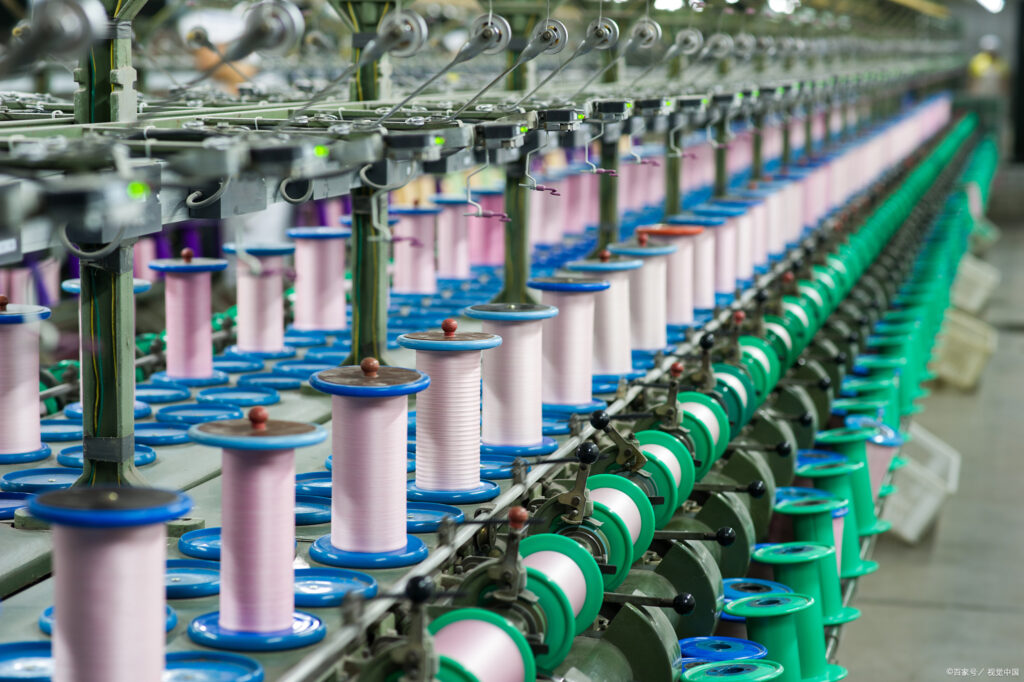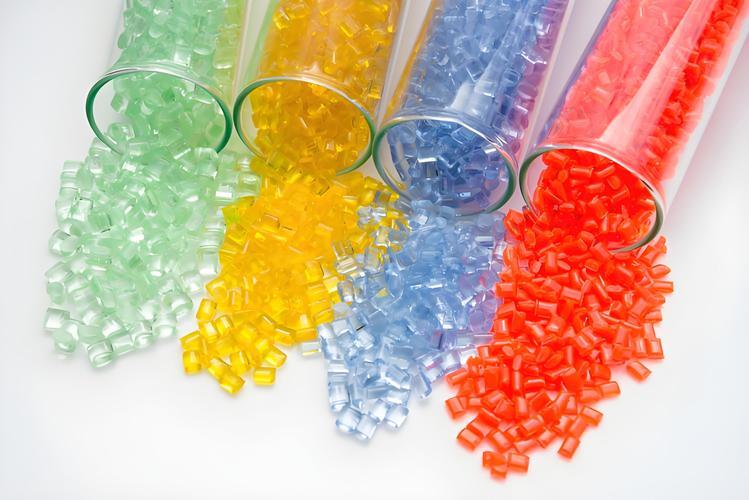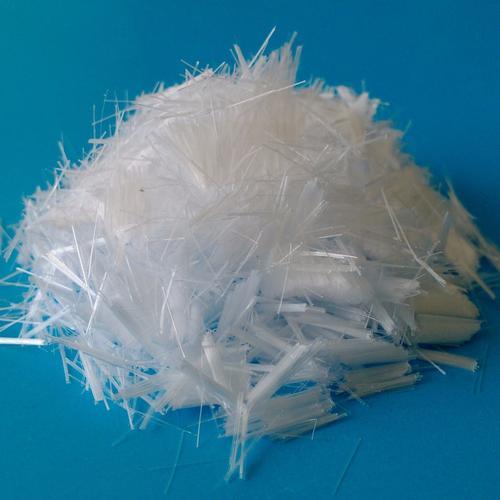1. Introduction to SMAS in Polymer Modification
Sodium Methallyl Sulfonate (SMAS, C₄H₇NaO₃S) is a highly reactive sulfonate monomer widely used in fiber and plastic modification due to its unique chemical structure:
- A polymerizable Methallyl group (CH₂=C(CH₃)-CH₂-) for copolymerization
- A strongly hydrophilic sulfonate group (-SO₃Na) for ionic functionality
SMAS enhances polymer properties such as:
✔ Dyeability (especially for synthetic fibers)
✔ Moisture absorption (improving comfort in textiles)
✔ Thermal stability (for high-temperature plastics)
✔ Antistatic properties (reducing static buildup in fibers and films)
The global market for SMAS in polymer modification is growing at 6-8% annually, driven by demand in textiles, packaging, and automotive plastics.
2. Key Mechanisms of SMAS in Fiber & Plastic Modification
2.1 Improving Dyeability in Synthetic Fibers
Problem: Polyacrylonitrile (PAN) and polyester (PET) fibers are hydrophobic and difficult to dye.
SMAS Solution:
- Introduces sulfonate groups into the polymer chain, creating dye sites for cationic dyes.
- Enhances color fastness due to strong ionic bonding between dye molecules and -SO₃⁻ groups.
Example:
- Acrylic fibers modified with 1-3% SMAS show 40-50% higher dye uptake compared to untreated fibers.
- Polyester (PET) fibers with SMAS copolymerization exhibit improved disperse dye affinity.
2.2 Enhancing Moisture Absorption
Problem: Synthetic fibers (e.g., nylon, polyester) lack moisture-wicking properties.
SMAS Solution:
- Increases hydrophilicity by introducing sulfonate groups.
- Improves comfort in sportswear and medical textiles.
Data:
| Fiber Type | Moisture Regain (%) |
|---|---|
| Standard PET | 0.4% |
| SMAS-modified PET | 2.1% |
2.3 Thermal & Mechanical Stability Enhancement
Problem: Many plastics degrade at high temperatures.
SMAS Solution:
- Sulfonate groups improve heat resistance by forming stable ionic crosslinks.
- Reduces chain scission in polymers like polyamides (nylon) and polypropylene (PP).
Example:
- Nylon 6,6 with SMAS retains 85% tensile strength at 150°C vs. 60% for untreated nylon.
2.4 Antistatic Properties
Problem: Plastics and fibers generate static electricity.
SMAS Solution:
- Sulfonate groups dissipate static charges by increasing surface conductivity.
- Used in packaging films, carpets, and electronic components.
Performance:
| Material | Surface Resistivity (Ω/sq) |
|---|---|
| Standard PP | 10¹⁶ |
| SMAS-modified PP | 10¹⁰ |
3. Industrial Applications & Case Studies
3.1 Textile Industry (Acrylic & Polyester Fibers)

- SMAS is copolymerized with acrylonitrile (AN) to produce dye-receptive acrylic fibers.
- Example: A textile manufacturer in China reported:
- 30% reduction in dyeing time
- 50% less dye waste due to higher fixation efficiency
3.2 Automotive Plastics (Polyamide & PP Composites)

- SMAS-modified nylon is used in engine covers (improved heat resistance).
- PP with SMAS is used in car interiors (antistatic properties).
3.3 Packaging Films (Antistatic & Barrier Properties)

- SMAS-modified LDPE films reduce dust adhesion in food packaging.
- Biodegradable PLA films with SMAS show improved moisture resistance.
4. Processing Methods & Formulation Guidelines
4.1 Copolymerization Techniques
- Free-radical polymerization (most common for fibers)
- Melt grafting (for thermoplastics like PP and PET)
Typical Formulations:
| Application | SMAS Content | Co-Monomers |
|---|---|---|
| Acrylic Fibers | 1-3% | Acrylonitrile (AN), Methyl Acrylate (MA) |
| PET Modification | 0.5-2% | Ethylene Glycol (EG), Terephthalic Acid (TPA) |
| PP Antistatic Agent | 0.1-1% | Maleic Anhydride (MAH) |
4.2 Processing Conditions
- Temperature: 60-90°C (aqueous polymerization) / 200-280°C (melt processing)
- Catalyst: Ammonium persulfate (APS) or AIBN for radical polymerization
5. Safety & Handling Considerations
5.1 Health Hazards
- Inhalation risk: Dust can cause respiratory irritation (use N95 masks).
- Skin contact: May cause mild irritation (wear nitrile gloves).
- Eye exposure: Rinse immediately with water (use safety goggles).
5.2 Storage & Stability
- Store in sealed containers (moisture-sensitive).
- Avoid strong oxidizers (risk of decomposition).
5.3 Environmental Impact
- Low toxicity (LD50 >2000 mg/kg).
- Biodegradability: Slow in natural conditions (recommend wastewater treatment).
6. Future Trends & Innovations
- SMAS in bio-based polymers (PLA, PHA modification).
- Smart textiles with pH-responsive SMAS copolymers.
- Recyclable plastics with SMAS-enhanced compatibility.
Conclusion
SMAS is a versatile modifier for fibers and plastics, improving dyeability, thermal stability, and antistatic properties. Proper handling and formulation optimization ensure maximum performance while maintaining safety.






